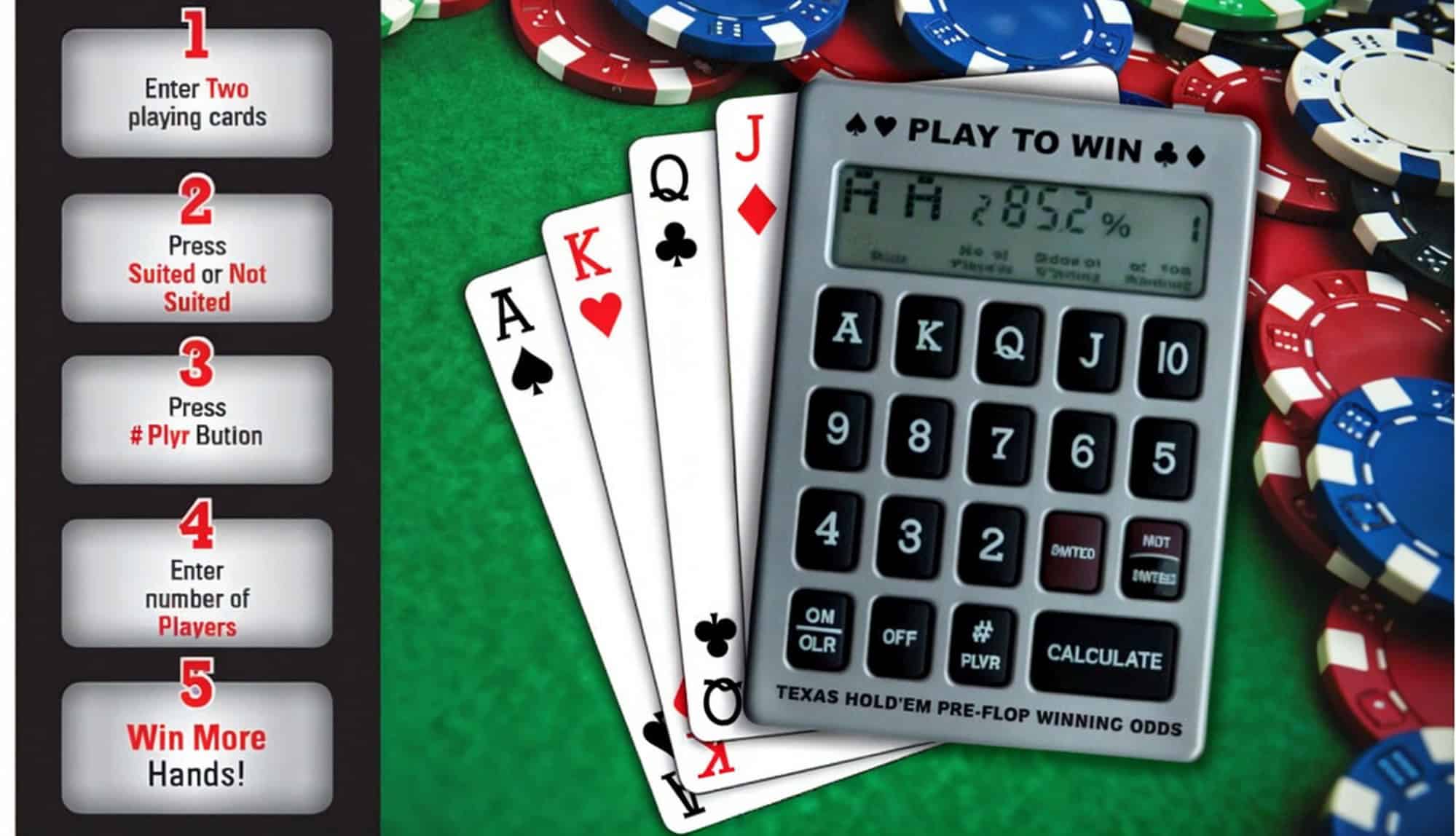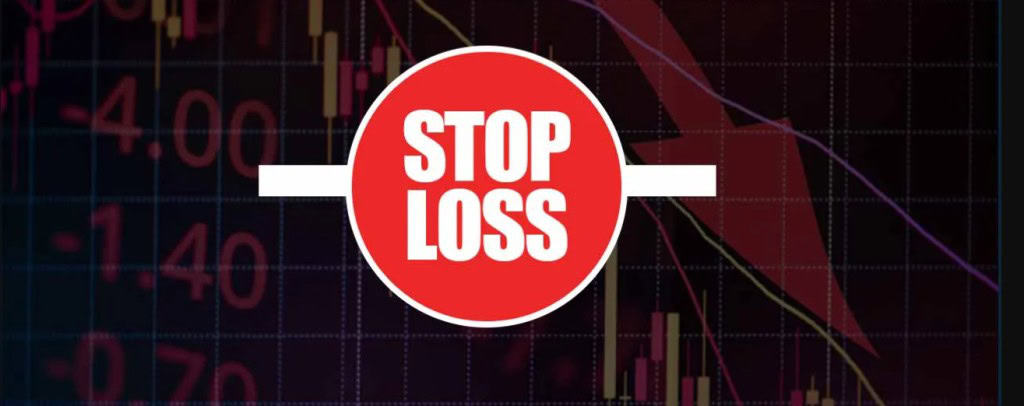
Master Poker Bankroll Management: Key Strategies for Players
One of the most important skills any poker player will ever develop involves bankroll management. Whether you are an established pro or a beginning player, how you manage your bankroll directly affects your ability to sustain winning sessions, survive the inevitable downswings, and finally get yourself moving up the stakes ladder. Proper bankroll management is actually all about discipline, patience, and the capability of making strategic decisions according to your financial standing, and not because of emotions.
In poker, your bankroll isn’t just a growing pile of money; it’s your lifeline. If the bankroll isn’t correctly managed, even great players can find themselves broke after a bad run of cards. So, let’s break down the three major approaches to bankroll management and some key tips that will keep you on the path to success.
What is a poker bankroll management?
Bankroll management, in simple terms, is how a poker player chooses to manage the money that he or she will eventually use to play poker. In other words, it involves knowing whether or not you have enough to continue playing through those losing streaks-or “downswings”-that every poker player goes through.
With structured bankroll management, a player can minimize risk, make strategic decisions, and most importantly, avoid going bust. Three common methods can be utilized to achieve bankroll management, better suited to different types of players and goals.
1. Aggressive Bankroll Management

Aggressive bankroll management is highly, highly risky. Players following this method move up the stakes quickly with fewer buy-ins, normally 17-20, for the next level. When moving up in class, if 3 buys-in are lost, they immediately drop back to the previous level of stakes.
It is a serious discipline that does call for experience and is best suited for players confident in their skills who wish to go up the stakes as fast as possible. It is not for beginners because the chances of going broke are higher in case things do not set as planned.
Example:
- For No-Limit Hold’em $5 games, upgrade to NL10 at $200 bankroll, or in other words, 20 buy-ins to NL10.
- If you are losing 3 buy-ins and bankroll gets to $170, then move down to NL5.
- Similarly, if your bankroll reaches $500, then it is time to move over to NL25.
Advantage:
- The faster movement to higher stakes.
- It will waste less time paying rake at lower limits.
Disadvantages:
- Higher risk of significant losses and quick downswings.
- Requires very strong emotional control and disciplined tracking of the bankroll.
2. Standard Bankroll Management

The standard approach is the middle ground, appropriate for most players. It’s ideal for beginners and intermediate players and recommends a minimum of 40 buy-ins for the limit at which you are playing. If you lose 10 buy-ins at the current level, then it is time to move back down to the previous limit.
The balanced approach concerning safety and progression lets players cope with swings while at the same time having sufficient money in their bankroll to recover from downswings and work their ways upward concerning stakes.
Example:
- In NL50, you should have $2000 in your bankroll (40 buy-ins to $50).
- If your bankroll drops down to 1500 dollars – after losing 10 buy-ins you are supposed to move down to NL25.
- To move up to NL100, you need a bankroll of $4000.
Advantage:
- More cushion for playing variance and losing streaks.
- Suitable for players looking for consistent progression without exposing themselves foolishly to risks.
Disadvantages:
- Slower progression than in the case of aggressive bankroll management.
- May take more time before reaching higher stakes.
3. Conservative Bankroll Management

The most conservative bankroll management strategies are considered the safest. These are best for professional players who are using poker as a primarily or only source of income. This strategy would suggest maintaining 100 buy-ins for the limit you’re playing at and to move down if your bankroll drops to 80 buy-ins.
This approach is all about long-term security. It’s ideal for those players who want to minimize their risk and ensure they can weather even the worst downswings without too much damage to their respective ability to play. Sure, it’s a slower climb to the top, but the stability it offers endemic to the best means of those whose livelihood depends on their poker bankroll.
Example:
- For NL100, you need $10,000 bankroll (100 buy-ins at $100).
- When your bankroll falls to $8000 – you go back to NL50, that features 80 buy-ins. – When your bankroll reaches 20,000 dollars, you can move up to NL200.
Advantages:
- Maximum protection against variance and losing streaks.
- Ideal for professional or semi-professional players who depend on poker one way or another.
Disadvantages:
- Progress through the stakes with a slow pace.
- It may feel overly cautious for some players who seek more rapid climbing.
Additional Bankroll Management Tips

Whatever bankroll management strategy you determine to use, here’s a few more tips that can further reduce your risks and enhance your long-term profitability:
- Set a Stop-Loss Limit: Bad sessions require one to always set the time when he needs to walk away. Set a stop-loss limit, for instance, leave the table after losing 3 buy-ins. This will not allow emotional decision-making and will save you from chasing your loss when you go on tilt.
- Don’t Keep Too Much Money on the Table: Keep only 3 buy-ins-or 300 big blinds-on any given poker site. That will keep you from exposing too much bankroll risk in one session and help you to keep being disciplined. This also prevents one from risking too much in any given game with which one is comfortable.
- Bankroll Tracking: Make it a point to keep a month-on-month or year-on-year update of how much profit you have made and how many losses you have incurred in poker. Most players don’t keep track of their actual bankrolls, through which they may spend much more than required or get blind-sided by a downswing at the most unexpected time. Record your money transactions with the use of spreadsheets or bankroll tracking apps.
- Know When to Fold ‘Em: Just like knowing when to move up in stakes, it’s equally important to know when to fold them. If your stack, at any point in the session, reaches a size of 400-500 big blinds, then you need to cash out. Large stacks attract better players or can make your game highly volatile, putting your hard-earned winnings at risk.
Conclusion: Choose the Strategy That Fits Your Style

Bankroll management is not a one-size-fits-all solution. The right approach depends on your experience level, risk tolerance, and goals as a poker player. Aggressive bankroll management applies to the players who want to move up quickly with confidence while taking significant risks in doing so. Standard bankroll management includes a balanced progression that works for most players. And last but not least, there is conservative bankroll management, which is the safest choice since it will be perfect for professionals who want stability in their job and long-term security.
Whichever you choose, remember: discipline was its name. Stay within your bankroll limits, mark your variance, and always be prepared for an adjustment if it needs to be so. Poker is a game of skill and patience, but proper bankroll management will ensure that you have money in your pocket to play with through any thick and thin times.
